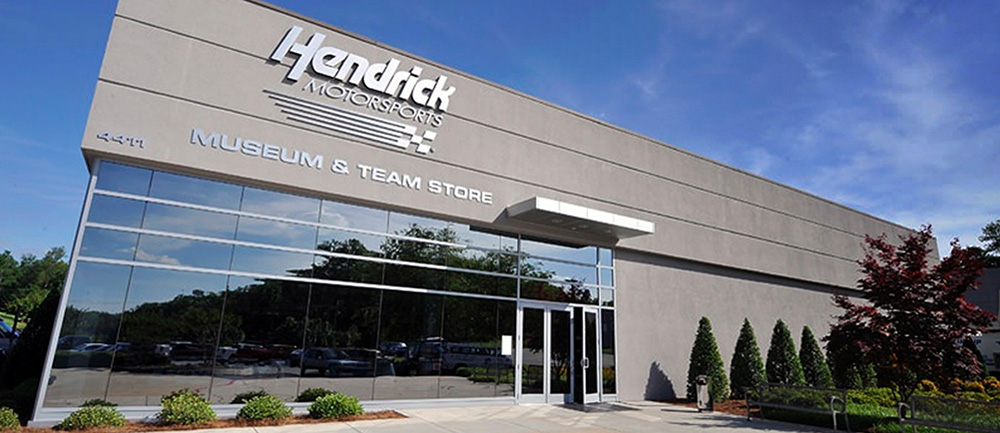
Racing works opposite most other sports in that we can't rely on peak performance to carry us to victory. A simple example of this is if we look at a race team's performance through the course of a NASCAR race. You can put on a dominating performance and be on your way to victory when all of a sudden the engine fails. Well, no matter how good you've been to that point, you can no longer rely on the ability of your driver, the strategy from your crew chief or the performance of your pit crew. The failed engine, your weakest link on that day, determines your performance for the race no matter how dominant you were – you pack up and go home with a terrible finish. The pit crew is a mirror image of that world. If five crewmembers have a great pitstop – let's say they do their jobs in 12 seconds – but the sixth crew member makes a mistake and adds two seconds to his technique and it takes him 14 seconds – not too good. Well, we can't average all those times together or rely on the strength of the five that finished in 12 seconds. For the entire crew, the recorded time is 14 seconds, which is exactly the time of the slowest crewmember.
As a result, racers are in a constant search to shore up vulnerability -- to bring up the level of their weakest link in order to improve overall team performance. At Hendrick Motorsports, we took this approach with our pit crews beginning in the early 1990s. First we took a look at how the pit crew world functioned at the time. Crews were made up mostly of mechanics that also had the responsibility of building and maintaining the race cars. We decided to look for athletes and teach them what they needed to know mechanically about the cars. We felt that athletes had the right building blocks in order to turn them into successful pit crew members. They understood the importance of practice and repetition in any team environment. They were comfortable with coaching to help them improve. They were used to overcoming adversity and keeping their cool under pressure situations. They were also used to performing and focusing through distractions in front of lots of people. We call this "Over The Wall" thinking. This is when you think like an athlete. How you think is more important than just being bigger and stronger than everyone else. You see athletes on TV hit a ball really far, run fast or drive a car at 200 mph. The accomplishments are amazing but underneath the performance, you are witnessing the thinking and dedication that brought them to that point. We all start out pretty helpless in the world. Over decades, some think and work themselves into remarkable capabilities. Pit crews, too, benefit from "Over The Wall" thinking. We look for those individuals willing to use and refine their talents in order to help the team win. We find them mostly in colleges all around the country. Athletes who are nearing the end of their college careers, ready to graduate, full of "Over The Wall" experience, and not ready to leave that sporting environment just yet. We recruit them, bring them to the Hendrick Motorsports campus and teach them the specific skills required to be tire changers, tire carriers and to gas and jack the car. If time weren't an issue, almost anyone could perform these tasks. Since time, in tenths of a second, is critical to the success of our pit crews, there are only a handful of people on earth that can meet our criteria – no different from any other professional sport.
Helping these athletes transition into a completely different and unexpected life in NASCAR (I like to think of it as an amazing adventure) are a group of dedicated coaches and trainers who work seven days a week in some capacity to make Hendrick Motorsports pit crews the best in racing. When you combine the athletes we find and the committed coaches we have with state-of-the-art indoor and outdoor training facilities, it's easy to see why Hendrick Motorsports pit crews are so good at getting our drivers to the front of the pack and keeping them there until the checkered flag falls.







